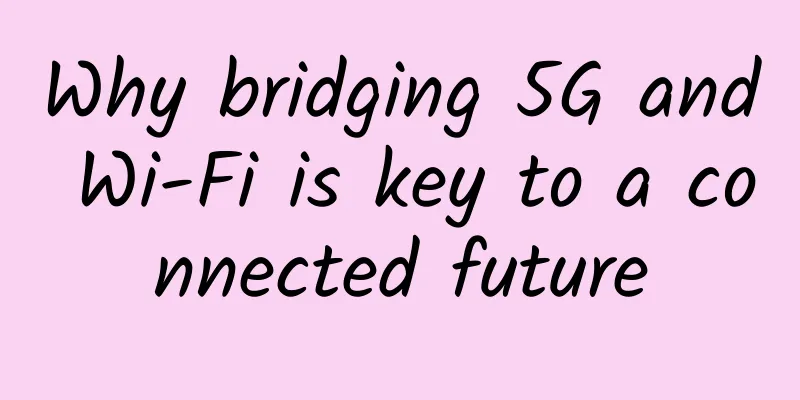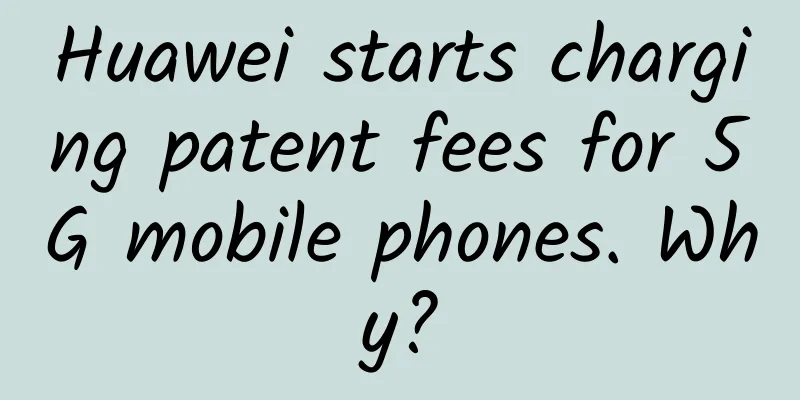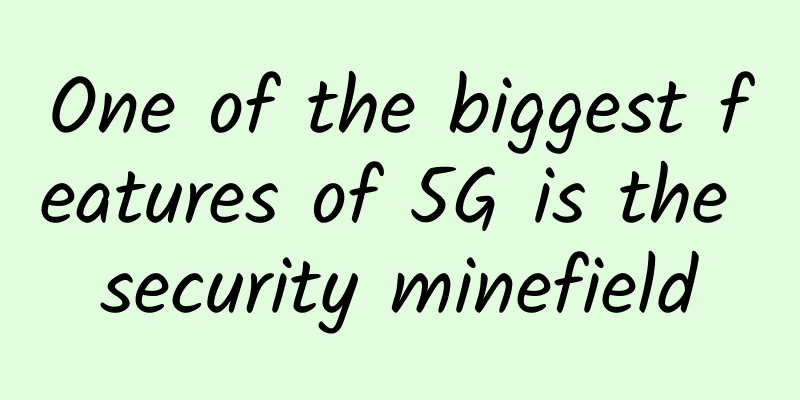Why bridging 5G and Wi-Fi is key to a connected future

|
As 5G and Wi-Fi 6 continue to roll out at similar paces, the next generation of connectivity is finally starting to emerge. The promise is higher throughput, better connection density, wider coverage, and easier access, but is convergence the key to delivering on that promise? Tiago Rodrigues, CEO of the Wireless Broadband Alliance, explains why the bridging of 5G and Wi-Fi is critical to our connected future. When we think about the future of connectivity, and what a truly connected digital landscape might look like, 5G almost immediately comes to our minds. It’s natural to assume that with the successful rollout of IoT devices and our growing reliance on the cloud, cellular technology will hold everything together. However, the truth is much more nuanced. True interoperability between Wi-Fi 6 and 5G will be a necessary foundation for decades to come if we are to take advantage of edge computing, enhanced throughput, higher connection density, wider coverage, and broader accessibility. Rather than going head-to-head with Wi-Fi and trying to replace it, vendors and cellular operators should perhaps turn their attention to the shared long-term benefits of convergence. Suppose the boundary between cellular and Wi-Fi technologies becomes less impenetrable. In this case, both parties will benefit from a host of new use cases and business opportunities, paving the way for OpenRoaming™ and a more seamlessly connected consumer environment. Why should operators consider convergence?Mobile network operators (MNOs) will benefit greatly from the interoperability provided by convergence. For one, they will gain increased visibility into their Wi-Fi networks, enabling them to more effectively market their services and improve the quality of experience (QoE) they provide to their users. Don’t forget, given their track record in handling users and data, MNOs are well-suited to provide Wi-Fi network management solutions to large enterprise customers, which could open up entirely new revenue streams for the industry. Wi-Fi operators will also be able to offload user traffic to cellular networks with less friction and more context, enabling MNOs to further customize their services and improve the overall customer experience. Crucially, convergence will allow Wi-Fi operators to use 5G cellular services to fill any connectivity gaps that exist between their fixed network networks. However, for this to happen, authentication and secure, automated onboarding will need to be established between the two technologies. Far from being a negative, this interdependency has the potential to create countless opportunities for both cellular and fixed network architectures as we move toward a more connected world. For example, if mobile operators want 5G to deliver on its promise of accessibility and coverage in this century, they will need to converge with Wi-Fi technology. At its current pace, 5G will only account for about 34% of total mobile connections by 2025, according to Statista. Globally, 5G penetration is only expected to reach about 20% and remain at that level through 2030. It is clear, therefore, that Wi-Fi fixed networks are critical to the long-term sustainability of 5G. What can we expect from Fusion?We have made the case for the convergence of MNO and Wi-Fi networks for the potential of frictionless connectivity. But how will this potential be filled? What incentives will there be, and what business use cases will emerge at the network and RAN layers that are not currently possible? The potential use cases are too numerous to list in any one article, but let’s take enterprise Wi-Fi and the opportunity for MNOs to provide more seamless access to their customers. Traditionally, enterprise Wi-Fi deployments have been used to provide Internet access to employees and field personnel, but with certain limitations. These access points typically serve wide areas and hundreds of devices, so policy controls, terms of service, and of course regulatory compliance around data sharing must be considered. This can create some unnecessary friction in the onboarding process, forcing users to sign or click through a service agreement before being allowed to connect. On the other hand, most network operators only go through this process once when their users join the network long-term, so this compliance can be "baked in" and ready to go from fixed network to fixed network. This means it may be more beneficial for enterprises to have mobile service providers manage these aspects, and mobile service providers can also fill in any gaps in coverage within large workplaces. This is just one of many examples of how Wi-Fi and 5G technologies can overlap and benefit each other rather than compete, ultimately providing better service and less friction for users. Another example of convergence in action might be ‘smart cities’. Rather than users having to constantly reconnect and enter their personal details, re-accept terms and conditions and complete the login process as they roam from one hotspot to another, technologies such as OpenRoaming that support Passpoint can ensure a more seamless and frictionless transition as people move around a town or city. The Telecom Infra Project (TIP) and its OpenWiFi initiative take this idea further, disaggregating Wi-Fi and removing vendor lock-in, giving businesses more control and opportunity over how Wi-Fi is provided and how it is monetised. The integration of Wi-Fi and 5G technologies will undoubtedly present considerable challenges, but the potential benefits of convergence outweigh any short-term difficulties. Not to mention, many of the barriers to progress have already been addressed as businesses on both sides begin to realize that convergence is an important stepping stone to achieving true global connectivity and mobility. |
<<: Types of Cabling in a Structured Cabling Environment
>>: One of the most popular network protocols - LoRaWAN?
Recommend
Wi-Fi 6 deployment exceeds 5G, will Wi-Fi 6 become the next generation of wireless network?
In addition to popular devices such as smartphone...
Kerlink and Radio Bridge provide LoRaWAN solutions for private IoT networks
According to recent announcements, Kerlink and Ra...
Why does TCP require three handshakes instead of two?
Hello everyone, I am the island owner Xiaofeng. T...
Five key success factors for the 5G economy
A survey report released by Boston Consulting Gro...
HostYun Los Angeles CN2 GIA line AMD series VPS simple test
We have shared information about VPS hosts in var...
Front-end 100 Questions: The Seven-layer Network Model and the Evolution of HTTP
[[414626]] 1. Network Architecture There are many...
Gcore (gcorelabs) Russian Vladivostok VPS simple test
It has been a while since I shared information ab...
Smart Encyclopedia | What is a 400G optical module?
As more and more people use the internet, the amo...
Webman uses RabbitMQ messaging middleware to implement system asynchronous decoupling practical tutorial
Introduction RabbitMQ is an open source message b...
Operators should not set traps for unlimited data packages
Operators generously offer "unlimited" ...
5G technology is expected to make various contributions to Jordan’s GDP
Recently, Ericsson commissioned management consul...
What is SSH? A detailed explanation of the principle is enough to read this article!
SSH (Secure Shell) is a network security protocol...
UK government to phase out 2G and 3G mobile networks by 2033
Britain said on the 8th that it will gradually ph...
CloudCone: $1.99/month KVM-768MB/15GB/3TB/Los Angeles MC Data Center
CloudCone's 2021 flash sale has started again...
5G core network architecture and some basic concepts
The 5G wireless access network architecture mainl...









